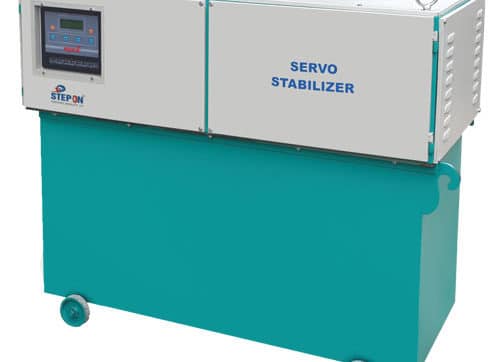As organizations continue to negotiate a lingering pandemic, they’re increasingly embracing transformative thinking about the future of work. After all, there are now remote work policies and, in many cases, virtual leadership. To make sure your organization is prepared for the new shape of work, you’ll need to make necessary investments and adjustments.
Here’s how to create a workforce with future skills – and more.
The Issue
Accelerated by the pandemic, technology is upending the way we work. It has caused disruption nearly industry wide, and faster than ever. Along with establishing an agile, people-centric approach that promotes employee wellbeing, organizations must take steps now to make certain that their people have the skills of the future.
Skills Needed for the Future
The business world is changing. The skills necessary to flourish not that long ago have shifted. According to the World Economic Forum, such skills now include problem solving as well as emotional intelligence – the latter newly added.
The takeaway is that, as technology assumes more and more of the workload, the most successful job candidates will be those who have skills that machines can’t supplant. However, that doesn’t discount the heightened need for people who possess the skills to utilize, produce, and advance technology of the future.
Here are the top 10 skills the Forum says are most in demand:
- The ability to solve complex problems
- Critical thinking
- Creativity
- Effective people management
- The ability to coordinate with others
- Emotional intelligence
- Excellent judgment and decision making
- Oriented toward service
- Negotiation
- Cognitive flexibility
The Role of Automation
The pandemic certainly underscored the value of automation and technology. From remote work to the ability to manage from afar, technology was relied upon to keep companies afloat. In many respects, such reliance continues.
And, with that, comes disruption. The fact is that many workers will never return to the office, and as we mentioned at the start of this article, that has implications.
The bottom line is that technology is fundamentally altering the way many industries function.
How Organizations are Responding
According to the leading global consultant Mercer, which helps organizations reinvent for the new shape of work, top challenges to workforce transformation include surmounting deficiencies in workforce capability and future skills.
In fact, a Mercer survey found that 36 percent of CEOs plan to increase workplace productivity through automation and technology, and that 52 percent of organizations aim to reinvent flexibility.
To reinvent for value, organizations are now designing for today’s business realities, for what people value, and for benefits that are, well, beneficial.
Imperatives for Resetting the Future of Work Agenda
According to a collaborative World Economic Forum report, organizations must do the following to redefine their future of work plans:
- Transform both organization and work design. Because the emphasis is on skills rather than jobs or positions, there’s less need for traditional hierarchies. In fact, employees increasingly answer to multiple managers.
- Promote health and wellbeing. Establish dedicated programs to support employees’ overall (physical, mental, social, and financial) wellbeing.
- Align skills and new technology. Transform the workplace by accepting that the integration of technology and skills is necessary.
- Establish a people-focused leadership culture. When connecting with your people, use a human-centric approach.
Further, organizations can prep for the future of labor by working with schools, apprenticeships, and recruitment programs and the like to help establish degree programs that are better suited for the new shape of work.
In terms of current workforces, organizations must train and prepare their people for the coming transformation. To pull this off in a timely manner, human resources and top execs must agree on the roles required at certain intervals – three, five, or 10 years, say – in addition to what skills will be necessary.
In summary, creating a workforce with future skills ultimately means reimagining how you work and how your employees experience work. In this uncertain and still-evolving economy, organizations must put together a forward-thinking system that promotes the agility, sustainability, and fluidity needed today. We recommend that you enlist the help of Mercer to help you reinvent your future-of-work preparedness strategy.





